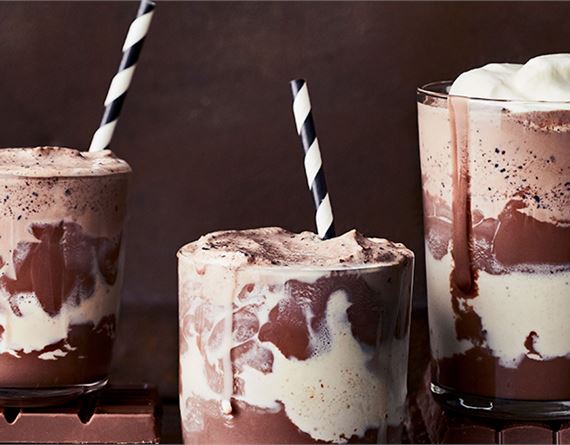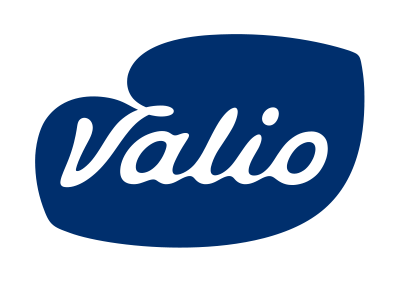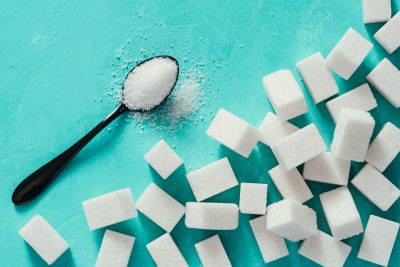Growth opportunities in healthy snacking

The snacking trend in the food and bevarge industry is driven by consumer demand for convenience, health, and indulgence. This has led to the rise of functional and better-for-you snacks that offer nutritional benefits, such as protein-rich products. Innovative flavors and formats continue to appeal to evolving tastes, creating opportunities for new snacking experiences.
The clean label trend is growing – naturalness is critical to consumers
The “clean label” trend is stronger than ever, driven by the distaste for unnatural ingredients or additives. Consumers are tired of long ingredient lists because they give a feeling of artificial and less than healthy food. Food must therefore be healthy, nutritious, and naturally functional. Today’s value-seeking consumers are also looking for nutrient-dense products that help them feel full longer, so clear labels with easily read nutritional information on food packaging is appreciated.
Substituting meals with snacks
Busy and active lifestyle has enabled growth for the healthy snackification trend, as consumers crave convenient and nutritious meal options when eating on the go. According to YouGov’s Food & Health report, half of all Norwegians and Finns skip at least one meal (lunch or dinner) during a typical week. It is especially younger people who tend to skip meals or replace them with snacks or food on the go.
Balancing pleasure with healthier features
Snacks are no longer deemed an occasional moment of indulgence, where only little attention is paid to nutritional intake. Instead, people are very interested in the ingredients and evaluating the healthiness of the products to which they turn.
More than half of global consumers say that
high protein claims make a snack healthy.

High-protein products
Seize the business opportunity and develop high-protein products with excellent texture and taste.






